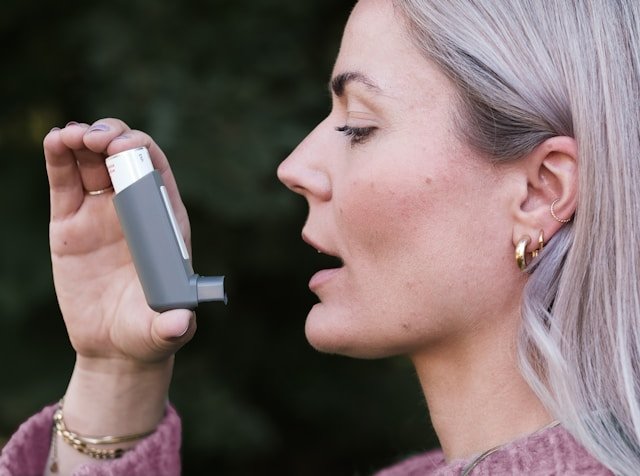
As spring brings vibrant flowers and thriving greenery, it also introduces allergens like pollen and mold, along with fluctuating temperatures that may exacerbate asthma. It’s tough to fully appreciate the joys of the season when asthma feels like a heavy weight on your chest. To help you breathe easier during this time, here are five techniques that don’t require medication.
What is Asthma?
Asthma is a long-term respiratory condition characterized by inflammation in the lungs and airways, affecting over 24 million individuals in the United States. Common symptoms include breathlessness, chest tightness, wheezing, and persistent coughs. Various factors can trigger asthma, such as certain foods, allergens, colds, side effects from medications, air pollution, physical exertion, and emotional stress.
While there is currently no cure for asthma, developing a management plan that incorporates breathing exercises can help reduce episodes.
1. Pursed-Lip Breathing
This technique can alleviate shortness of breath by maximizing the amount of air you take in, making breathing easier.
How to Practice
Start by relaxing your body and inhaling through your nose for a count of two, keeping your mouth closed. Next, purse your lips as if preparing to whistle and exhale slowly through your mouth for a count of four. Aim for longer exhales than inhales.
2. Diaphragmatic Breathing
Strengthening your diaphragm can have a positive impact on your breathing.
Practice Steps
- Find a comfortable sitting or lying position.
- Place one hand on your chest and the other on your stomach.
- Breathe in through your nose, ensuring your belly rises.
- Using the pursed-lip technique, exhale through your mouth.
3. Buteyko Breathing
Stress and anxiety often trigger asthma attacks due to hyperventilation. Dr. Konstantin Buteyko, during his practice in Moscow, explored the link between breathing patterns and overall health. His approach stresses controlled breathing to help manage anxiety and mitigate asthma symptoms. Focusing on your breath can help lower the risk of triggering an attack.
How to Do This Technique
Sit comfortably on the floor and take a few regular breaths while relaxing. Exhale, then hold your nose until you feel the urge to inhale again. After inhaling, breathe normally for ten seconds before repeating the process. This exercise is designed to strengthen your diaphragm.
4. Papworth Method
Around 65% of children are affected by allergies, and studies show that those prone to allergies may have a higher likelihood of developing asthma. Shortness of breath can be alarming for kids, emphasizing the importance of early recognition and management. The Papworth method integrates breathing techniques with relaxation to help manage triggers.
Steps to Implement
Inhale through your nose, allowing your lungs to fill completely, and then exhale through pursed lips or a relaxed mouth. Coordinate your breathing with relaxation and gentle movements.
5. Box Breathing
Also known as square breathing, this technique employs deep breaths to help regulate your breathing pace.
Instructions
Start by taking deep breaths, placing a hand on your stomach to confirm its rise—this indicates correct technique. After about a minute of deep breathing, begin box breathing by inhaling slowly while counting to four. Hold your breath for a count of four, then exhale through your mouth for another four seconds. Hold again for four seconds before starting the next breath.
Enhance Your Breathing with These Techniques
While these breathing techniques are not substitutes for inhalers or medications, they can naturally reduce stress and anxiety. Practice these exercises daily, and consult your doctor if you find any method challenging. Breathe deeply and remain calm, so you can thrive alongside the blooming flowers of spring.






